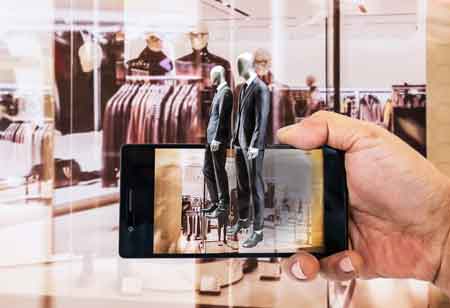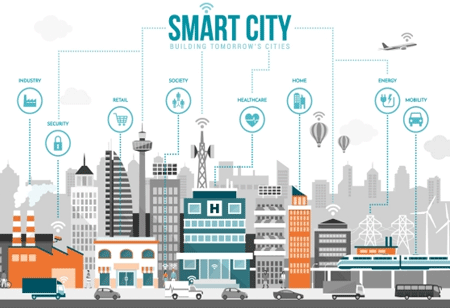THANK YOU FOR SUBSCRIBING
Changing Scenario of Retail with 3D and AR
With Facebook giving access to immersive content, many marketers can reap greater rewards than ever by unlocking their 3D and AR content for broad syndication across the web, in-app search, and now in the social stand.

By
Apac CIOOutlook | Friday, February 28, 2020
Stay ahead of the industry with exclusive feature stories on the top companies, expert insights and the latest news delivered straight to your inbox. Subscribe today.
With Facebook giving access to immersive content, many marketers can reap greater rewards than ever by unlocking their 3D and AR content for broad syndication across the web, in-app search, and now in the social stand.
FREMONT, CA: Social Media giant Facebook has now joined the growing number of platforms that support direct access to immersive content. Till today, only specialized or owned apps in the retail sector had the privilege to provide in-app augmented reality (AR). With Facebook giving the opportunity, many marketers can reap greater rewards than ever by unlocking their 3D and AR content for broad syndication across the web, in-app search, and now in the social stand.
In a panel discussion co-hosted by Facebook and Vertebrae with luxury brand Coach and home improvement retailer Lowe's, the importance of 3D ad AR was discussed. The panel discussed how these technologies are driving the engagement and helping to overcome the key purchase hindrances around understanding a product digitally. With AR e-commerce tools, shoppers now can 'try before they buy' - the gauging fit, matching colors and styles, and designs according to their own physical spaces, by virtually looking at the products in real environments. While with 3D, customers can manipulate views to explore objects up close and from every angle.
The technologies have been fascinating for the customers. In a Vertebrae study, 57 percent of the respondents said they love visualizing products in the environments, and more than a quarter of them want virtual tools to try on new looks. With such reports, more and more retailers are implementing immersive commerce features to drive conversions and reduce the burden of reverse logistics.
Prior to Facebook, Google also announced that AR and 3D product visualizations would be accessible in the search results, with both organic and paid placements set to link directly to merchants' immersive features. To ride on the benefits of these immersive technologies, here are few ways merchants can implement them wisely.
Product Selection
All products are not suitable for 3D and AR. Merchants should carefully make the choices and identify products that are apt for 3D and AR asset development. It is always advisable to start with a small range of products or subset that serves the concept and justifies the further investment. Shoppers are more likely to buy evergreen products from top sellers with solid choices like, physical features and materials to examine closely, and products whose proportions are best understood in a real-life context. Retailers willing to push immersive content must take customer reviews, maybe in the form of Q&A, to determine which item would benefit most immediately.
Quality 3D Assets
3D, being the foundation of AR, enables shoppers to flip and tilt items to get a full view from every angle, and also to zoom-in to show minute details, such as ports on a speaker. Moreover, quality 3D models make the AR experience realistic and accurate. It can power the cutting-edge AR features that rely on it for highly detailed renderings. Partnering with Vertebrae and Facebook, luxury accessories brand Coach created ads that enable shoppers to virtually try on sunglasses. The option to purchase the product is also in-built directly into the ad.
Outlets with Goals—and Measure
Merchants should chalk out a roadmap and prioritize which format of 3D and AR should be implemented first and where to syndicate first. With a number of choices available, merchants have to make sure what they want, for e.g., those who want to improve brand and product discovery, engagement, or purchase intent should start with social commerce outlets, while those looking to boost direct conversion may deploy 3D and AR on the e-commerce site and mobile app at the first go.
See Also: Top E-commerce Technology Companies





